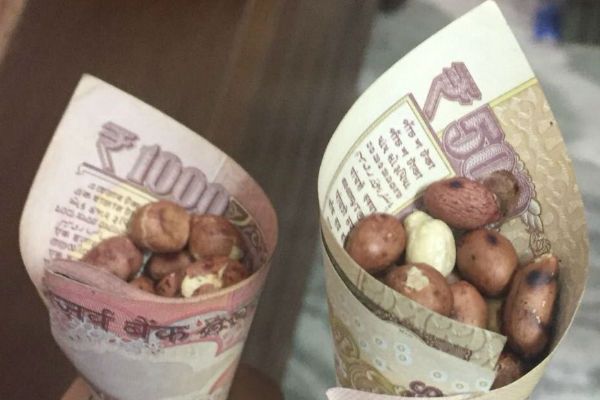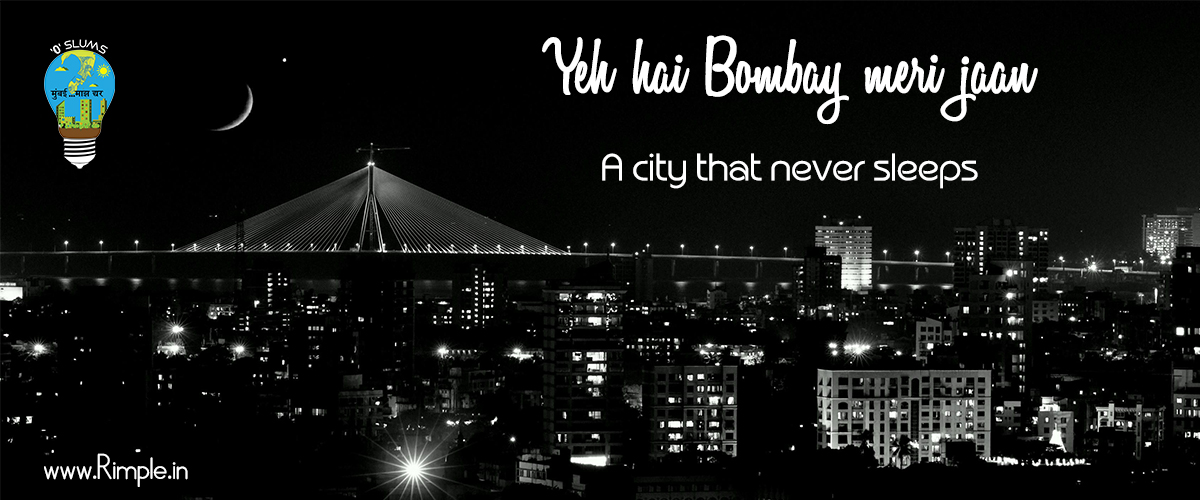Manipur, a beautiful state in Northeast India, is facing a big problem. People are growing opium poppies illegally, and it’s harming the environment and the community. The call to “Stop Opium Cultivation in Manipur and Save Manipur from Environmental Disasters” is about protecting the state’s forests, rivers, and people. Let’s explore this issue step by step, from how it started…
Tag: India
A Tapestry of Miracles Woven in India’s Sacred Heart
In the golden sands of Rajasthan, where the Thar Desert whispers tales of valor and faith, stands the Tanot Mata Temple, a beacon of divine protection and spiritual resilience. Nestled just 120 kilometers from Jaisalmer, near the Indo-Pak border, this ancient shrine dedicated to Goddess Aavad, an incarnation of Hinglaj Mata, is more than a temple—it is a testament to…
Vande Mataram: The Soulful Ode to Mother India
As a child, singing Vande Mataram was a feeling. It was so lyrical, and beautifully weaved. It’s first two verses are in Sanskrit. And Sanskrit itself has a musical touch to words. The Sanskrit verses are in “Dwitiya Vibhakti”, making it even more and more musical, lyrical, directly touching the heart. A song that was also a prayer in my…
Saam Daam Dand Bhed on Black Money
It’s tough time for all notes, first it was for Samsung and now for 1000 and 500 notes. The the MODIfied Economy is a revolution in Indian History. In last couple of decades, the breaking news in India has always been about Terrorists attacks or political scams. First time the breaking news is about REVOLUTION. Kya baat hai! I read…
What is our democracy Parliament debated slap on…
What is our democracy? Parliament debated slap on Pawar for 3 hours but no time to discuss Jan Lokpal, rising prices, rising terrorism, pass pending bills, declining growth figures…. Democracy or Democrazy ?
Summary of All scams of India : Rs. 910603234300000/-
HELP SPREAD THIS ARTICLE By SHARING it! Let people be Aware of it. See how Lokpal Bill can curb the politicians: Existing System System Proposed by civil society No politician or senior officer ever goes to jail despite huge evidence because Anti Corruption Branch (ACB) and CBI directly come under the government. Before starting investigation or initiating…
Journey from Bombay to AAMCHI MUMBAI!
Bombay has no bombs and is a harbor not bay. Today(1st May), in the year 1960, Bombay (now Mumbai) was transformed from a Bombay State to Bombay City and a capital of a newly created state Maharashtra. Life of the present Mumbaikar’s is quite different from the early one’s. From Stone Age to Sultan of Gujarat: Anyone…
Will the map of India change in 2011?
It’s been a decade since the last time the map of India changed. Whether it will change again depends on how the central government handles the demand for a separate state of Telangana. And on that depends whether the map will change again (trifurcating Uttar Pradesh?) and again (bifurcating Maharashtra?) and again (a new state in the north-east?). The Srikrishna…





